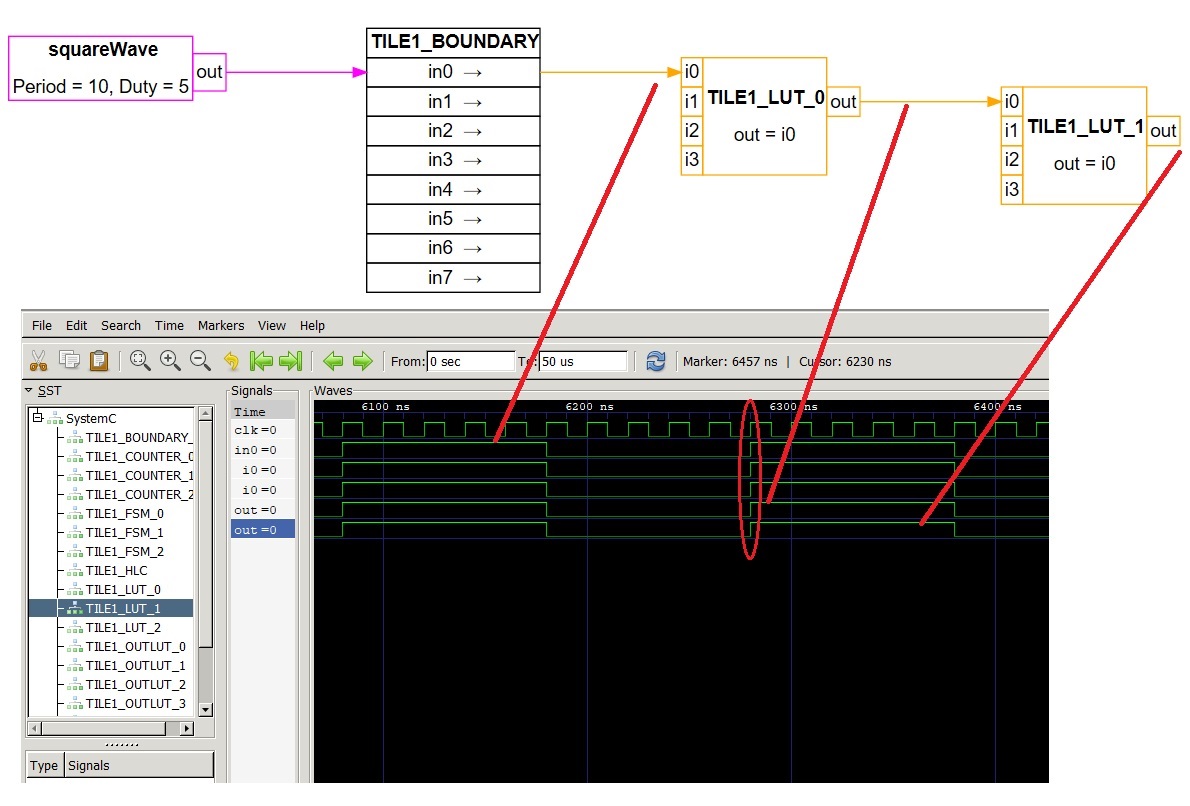Tool/software: Code Composer Studio
Dear
I want to detect the rising and falling edge on a GPIO in CLB.
the input of BOUNDARY can support easily,
but the question is the BOUNDARY is only for simulation.
how can I detect the both edges in reality?
thanks!
BR
jjl3


